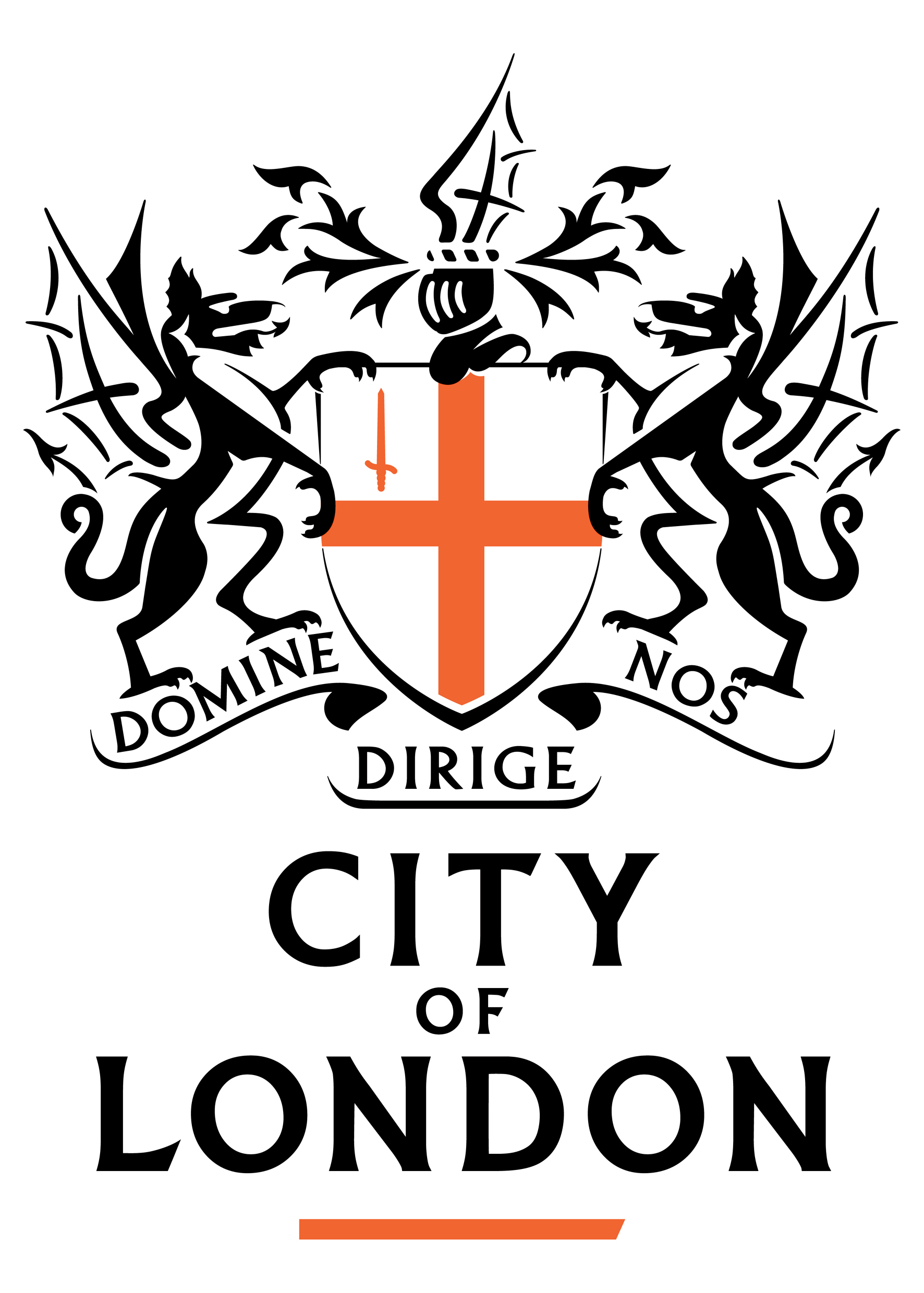
- You are here:
- Agenda item
Agenda item
BRIDGE HOUSE ESTATES PRESENTATION
David Farnsworth, Managing Director of Bridge House Estates to be heard.
Minutes:
The Chairman welcomed David Farnsworth, Managing Director of Bridge House Estates.
Mr Farnsworth began by speaking briefly on the history of Bridge House Estates under the City Corporation’s stewardship. He went on to underline the charity’s continuing relevance to modern London. He reported that in 1994 it was evident that the money required for the maintenance of the five bridges across the River Thames was surplus. This led to a conversation with the Charity Commission which enabled the surplus monies to be distributed through a grant making function. To date, approximately half a billion had been distributed to charities in Greater London, bringing about important change for many communities. The Committee were informed that this was one of the oldest and largest charities in the country and one that was not celebrated or known about widely enough. Much work had therefore been undertaken in recent years to help address this, with the City Corporation’s trusteeship remaining front and centre. The governance of the charity had been revisited under the Lisvane Review, such that its work had now been consolidated into one single Board operating under and with delegation from the Court of Common Council. This had made it more akin to a modern charity and the sector that Bridge House Estates was working within and compared against. It had also allowed, for the first time, a single strategy and single leadership team to be established.
Mr Farnsworth went on to speak of Tower Bridge and its profound ‘reach’ as a global ambassador for both the City Corporation and the charity. It was well recognised as the gateway to London by both local communities and international visitors. Visitor levels here were now almost back to pre-Covid levels with the Bridge having won accolades for green tourism and various awards from Heritage England. There were attempts to make the Bridge’s educational outreach piece link in more effectively with some of the charities supported by the Lord Mayor’s Appeal – particularly those concerning Mental Health.
Mr Farnsworth spoke also on the importance of branding and visibility for the charity. Whilst Bridge House Estates would remain as the charity’s legal working title for its grant-giving function, a new, single, working name across the Charity would be introduced later this year.
The Committee were informed that the charity’s asset base was approximately £1.7 billion at present and a new Investment Strategy Statement setting out how these assets could be used to support the charity’s mission was also now being developed alongside the Corporation’s Finance and Charities Team.
Mr Farnsworth concluded that he and the Chairman of the Board had recently been to collect the Royal Charter which was the culmination of the past 4-5 years work to modernise the charity’s governance and provided the explicit power to socially invest, the power to undertake total return accounting and the power to borrow. A very significant moment in the charity’s history. He added that with a new brand and new investment strategy, now was an ideal time to continue to build upon the many and varied networks of the Corporation and of those on this Committee.
The Chairman thanked Mr Farnsworth for this update on the work of the charity. He congratulated him and the team on their hard work to re-brand and modernise the charity.
In response to a question, Mr Farnsworth commented that it would be important to build on the ambassadorial piece in the coming 6 months as the new brand was launched. He added that the charity were always keen to welcome new applicants.